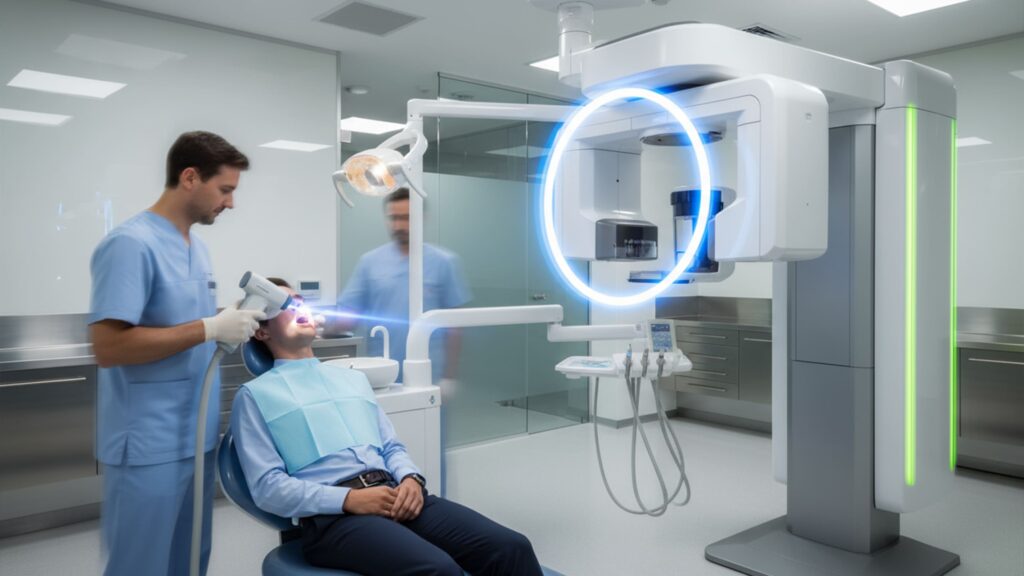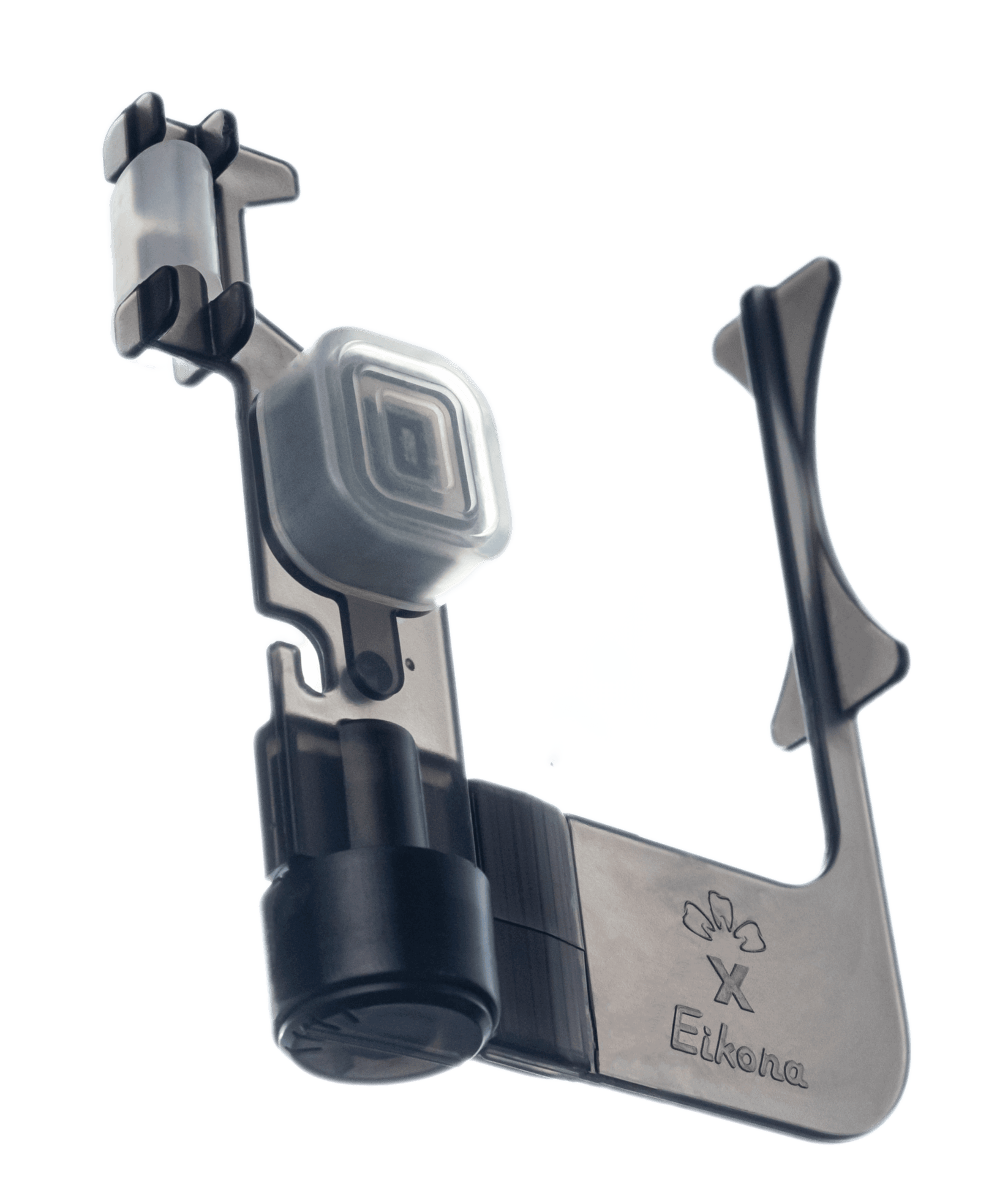Introduction
3D imaging and 3D dental x ray systems like CBCT have completely changed the game in dental diagnostics, offering jaw-dropping views of anatomy we could only dream of a decade ago. But here’s the truth: even with all that high-tech power, intraoral radiography is still the real workhorse in dentistry.
Why? Because it’s fast. It’s affordable. And it delivers exactly what you need for most cases; from spotting the tiniest caries to keeping tabs on bone health. Think of it as your everyday go-to tool, while CBCT is the specialist you call in for the big, complex stuff.
1. The Everyday Role of Intra-Oral Radiography
Bitewing x rays, periapicals, occlusals… they may not sound glamorous, but they’re the unsung heroes of modern dental imaging. These quick digital dental x rays let you spot cavities hiding between teeth, assess periapical pathology, and evaluate bone loss, often in under a minute.
Patients also get it. A small, quick x-ray is easy to understand and far less intimidating than a 3D dental x ray. And when you add in stabilizing systems like Tarsier X, which makes positioning foolproof, you cut down on retakes and keep both your team and patients happy. Less stress, more confidence, and sharper images, which is exactly what busy practices need.
2. Digital X-Rays vs CBCT: Complementary, Not Competitive
It’s easy to think of digital dental x rays vs CBCT as an “either/or” choice. i.e . old school versus cutting-edge. But in reality, they’re partners, not rivals.
Intraoral radiography is fast, low-cost, and ultra-low radiation; perfect for day-to-day diagnosis and patient education.
CBCT is incredible for surgical planning, implant placement, or complex pathology, but it comes with higher costs and higher doses.
The smartest workflow? Start with intraoral x-rays for baseline diagnosis, and call on CBCT only when the case demands more detail. With tools like Tarsier X ensuring every 2D image is spot-on with the dental xray sensor in place, you can maximize efficiency before turning to 3D.
3. Efficiency, Cost, and Patient Safety
Here’s the beauty of intraoral radiography: it strikes the sweet spot between speed, cost, and safety. A bitewing x ray or periapical takes seconds, costs a fraction of a CBCT scan, and exposes patients to minimal radiation. That means faster turnaround for you, lower bills for them, and peace of mind for everyone.
From a practice management angle, that’s hard to beat. Every quick, accurate image boosts your ROI by saving chair time and reducing retakes. And when you pair your setup with Tarsier X and its ergonomic dental sensors stabilization, the savings multiply; fewer errors, fewer do-overs, and less cumulative radiation exposure. It’s efficiency and safety wrapped into one smooth workflow.
4. Clinical Scenarios Where Intra-Oral Radiography Excels
CBCT is amazing for implants, surgical planning, and tricky anatomical puzzles. But let’s be real, most of your day-to-day dentistry doesn’t need that level of firepower. Here’s where digital dental x rays shine:
- Caries detection – Bitewing x rays are still the gold standard for catching those sneaky interproximal lesions.
- Endodontics – Periapicals guide you through working lengths and help confirm treatment success.
- Periodontal monitoring – Tracking bone levels and localized defects is quicker and simpler with 2D dental imaging.
- Follow-ups and recalls – A few fast intraoral shots with a reliable dental xray sensor are all you need. No need to spin up the CBCT machine.
And when you use Tarsier X for stabilization, you get consistent, diagnostic-quality images, even in high-volume practices. That’s everyday reliability you and your patients can count on.
5. Conclusion: Intra-Oral Radiography Isn’t Going Anywhere
CBCT might grab headlines, but intraoral radiography is still the backbone of modern dental imaging. It’s efficient, safe, and perfectly suited for the bulk of clinical scenarios you face daily.
The real difference-maker is how you capture those images. With Tarsier X, you eliminate positioning guesswork, cut down on costly retakes, and deliver consistently sharp, reliable radiographs, whether using film, PSP plates, or dental sensors.
Bottom line? CBCT may be the future, but intraoral radiography is the present. And with Tarsier X, it’s better than ever.





